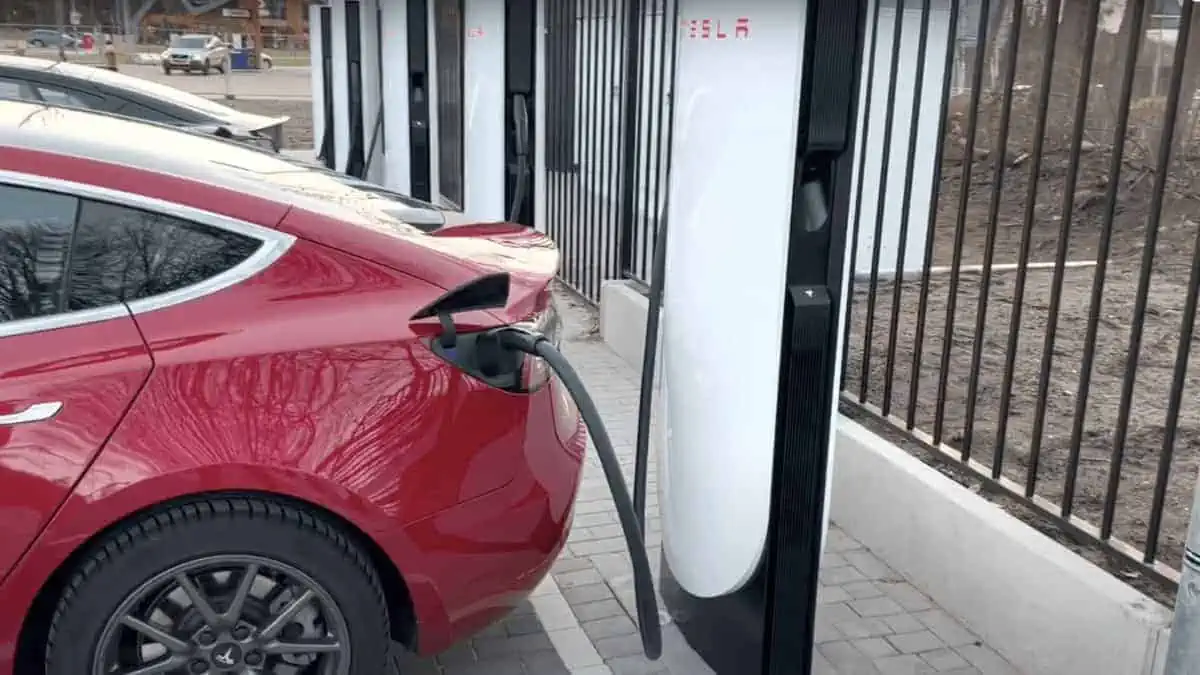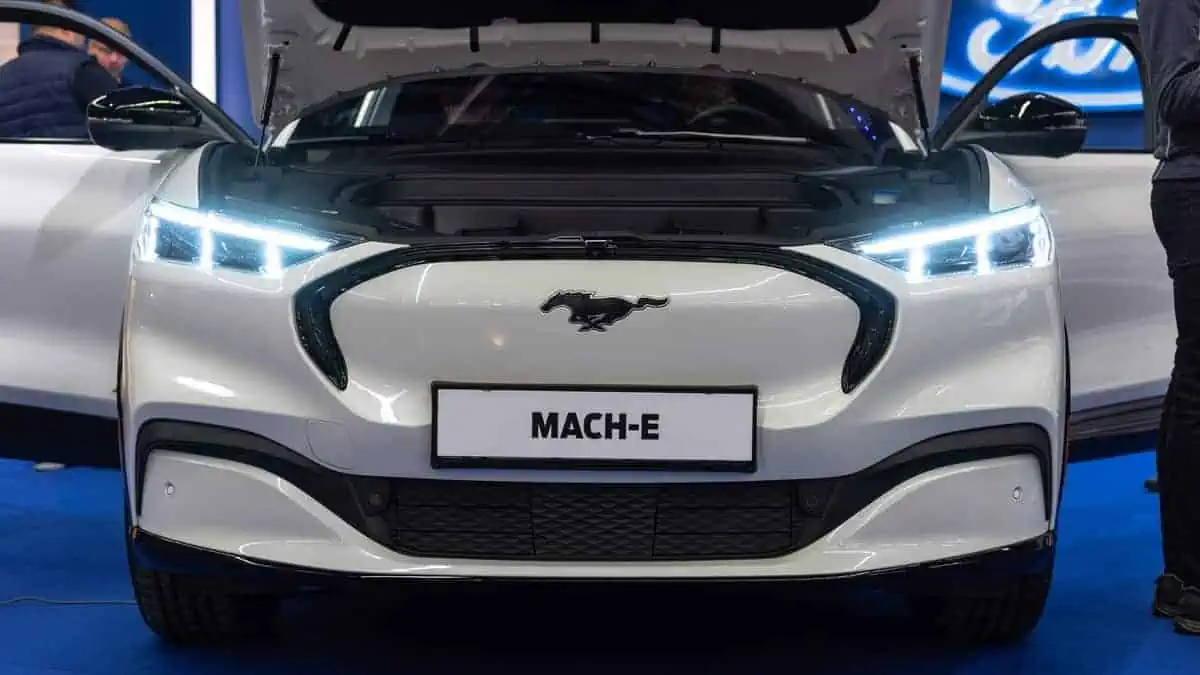Tesla has been accelerating its expansion efforts for V4 Superchargers in the European market. Online community Tesla Owners UK shared on X (former Twitter) that the American automaker has already deployed the new charging dispensers at the Tottenham Service Centre in the UK.
For context, Tesla started erecting the V4 Supercharging stations in the following countries:
It must be noted that Tesla currently uses the CCS2-compatible plug for the V4 Superchargers in Europe.
Report highlights
As you can see in the photos attached to the Tweet above, the inside of the V4 Superchargers is almost full of the necessary equipment.
The X post also indicated that the newly developed charging stalls feature “payment screens.” That said, Teslay may also include a contactless card reader for easier customer payment.
Apart from the spotted stalls in the UK, Tesla fan/EV influencer @EstherKokkelman also shared on X that Tesla is currently developing a V4 Supercharging station in Gardermoen, Norway.
The released photos show that the V4 Superchargers feature a pull-through design. It is remarkably prevalent in the country’s V3 charging stations.
Presented below are the currently known V4 Supercharging locations in Europe:
| Countries | Numbers |
| Austria | 1 |
| France | 3 |
| Germany | 1 |
| Netherlands | 1 |
| Norway | 1 |
| UK | 1 |
| Total (known) | 8 |
See Also:
- Tesla V4 Superchargers confirmed to have charging speeds of up to 350kW
- Tesla integrates credit card reader to its new V4 Supercharger: Is it a subsidy effort?
- Tesla officially opens its first V4 Supercharger for non-Tesla EVs in the Netherlands
- Tesla deploys new V4 Superchargers in Europe featuring longer cables
- Tesla might have “mistakenly” leaked new 50 Supercharger sites in the US and other places
Tesla aims to also launch the V4 Superchargers in its own regional market, North America. It will significantly aid non-Tesla EVs to have a superior charging experience with its longer cable, as their ports are usually placed in varying spots. It can also potentially support a higher capacity to compete with 350-kW CCS1 chargers.






